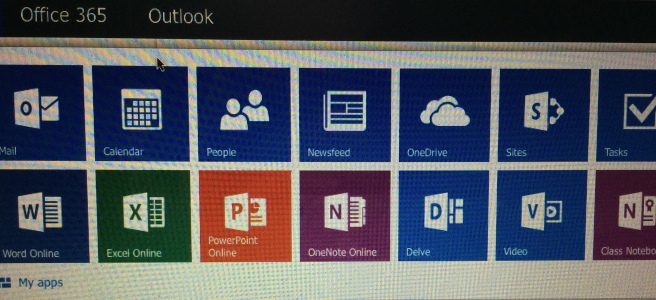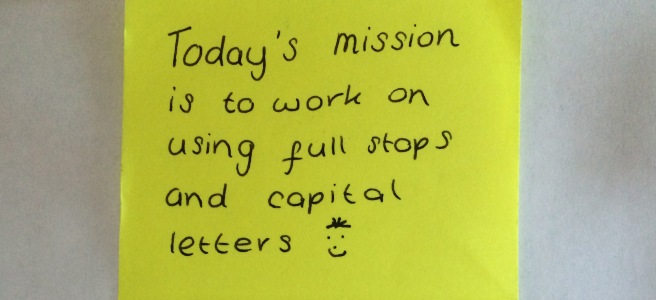I have always thought I was a bit mad. I mean take one look in my classroom (or the blog), and you’re likely to see me running round pretending to be a goat, jumping of a cliff (my desk), throwing bits of sweet corn around, acting out a part or pretending we’re somewhere totally different than we really are. Yes, really. Behind the closed door of a classroom you can get away with all those things. What’s more the students love it. I mean sure, mine think I’m totally crazy. But as we say in our room; who would want to be ‘normal’ anyway? Normal is boring. It is dull. And in our room, it is definitely never dull.
Why? Because learning should be fun. And well, if it wasn’t fun, none of us would learn very much. The fact that all of the permanent unit staff have the capacity to be crazy is the very essence of what makes our students successful. It distracts them, makes them forget they are learning and therefore they become less anxious, less scared and more prepared to have a go, make mistakes and therefore to learn.
Today however, I found out a secret. Shhhhh listen very carefully and I’ll tell you in a whisper. I am not mad; I am a pirate.
You see after having loved ‘Learn Like a Pirate’ so much that I have worked every waking hour (and some sleeping ones) since I read it, because there are so many ideas buzzing round my head that I can’t wait to activate them, I decided I had better read the first of the pirate books ‘Teach Like A Pirate’. So in the last 24 hours I have. And well, hence my discovery. There are others out there as crazy as me. My methods are justified and validated, there are others out there spending hours researching their students’ interests and running crazily round their room to illustrate a point; what’s more anyone can learn them.
When teaching students with autism, there are so many things competing for their attention (the rustle of a tree in the wind, a favourite episode playing on loop in their mind, the sound of a word they like, the fear that they have failed before and might again) that if you want to keep that attention, you have to do everything in your power to keep it; to engage them; to enable them to learn.
‘Teach Like a Pirate’ teaches you how to do just that. What’s more it proves once again, that good autism teaching is good everyone teaching. This is a book written by a mainstream teacher for mainstream teachers. It’s full of checklists of hooks to get your students involved, ideas that can be incorporated into any lesson by any teacher. Ideas that are guaranteed to win over not only your students with autism but everyone.
It isn’t a book about differentiation. It’s a book about engagement. But it’s that engagement, that trust, that willingness to go beyond the boundaries that will take your differentiation to another level. So channel your inner craziness and use it, and if you’re not sure you have any (or enough) of your own craziness read Dave Burgess’ ‘Teach Like a Pirate’ and he’ll make you believe you can find it, however deeply you have it hidden.
Go on, what are you waiting for? Start differentiating like a pirate…. Arrgggh!










